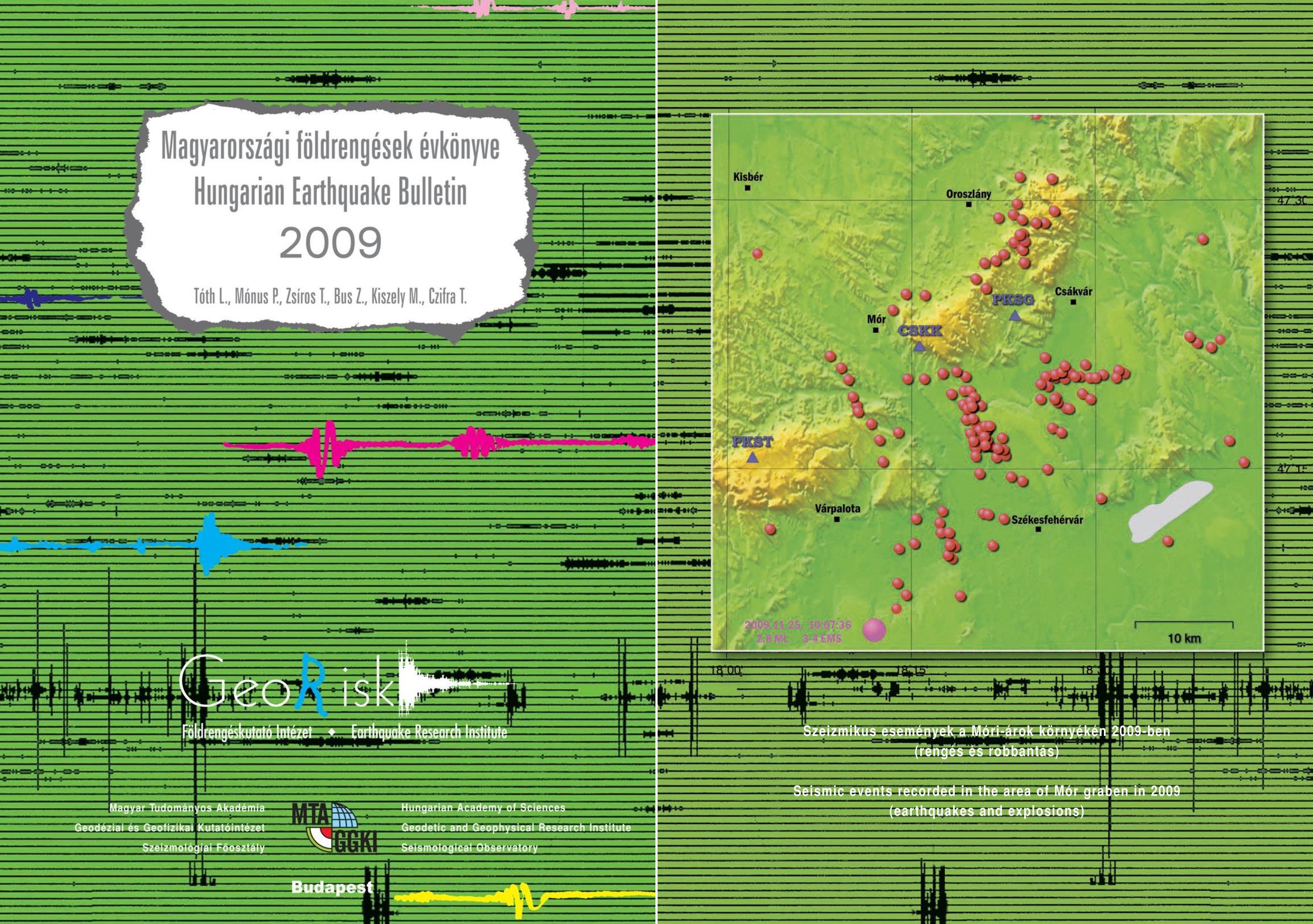

Later, mapping of the b-values in the Gutenberg-Richter relation from the newly developed catalog was performed by binning the regions into minimum of 0.05 0x0.05 0 for Afar and Dabbahu region, 0.1 0x0.1 0 for Main Ethiopian rifts and 0.2 0x0.2 0 for the other regions. Further, the corresponding average b-value of the regions Afar including Red Sea and Gulf of Aden, Afar and Dabbahu Volcano separately, Northern Main Ethiopian Rift, Central Main Ethiopian Rift and Southern Main Ethiopian Rift respectively are estimated to be 1.17 ± 0.05, 1.15 ± 0.05, 0.843, 0.826 and 1.03 with respective period of completeness from 2003 to 2014, 2005 to 2014, 2001 to 2003, 2001 to 20 to 2016 for the regions. The catalog has been analyzed for magnitude completeness (Mc) using Gutenberg’s Frequency Magnitude Distribution law and it is found to be complete respectively for Mc ≥ 4.6 ± 0.03, Mc ≥ 4.6 ± 0.03, Mc ≥ 3.2, Mc ≥ 3.1 and Mc ≥ 5.1 for Afar including red sea and Gulf of Aden, Afar rift and Dabbahu Volcano, Northern, Central, and Southern Main Ethiopian Rifts. The present study area is bounded within Latitude (4 0N − 20 0)N and Longitude (34 0N − 48 0)N E and have a magnitude range of Mw (3.0–7.1) with a total coverage period of 56 years (1960 to 2016). Secondly, mapping b-values for different Seismgenic regions and understand its implications for magma induced Seismicity in the regions.ĭuring the present study, a new homogenized earthquake catalog in moment magnitude scale (Mw), covering about 3814 events is prepared for Ethiopia including Red sea and Gulf of Aden regions. The main purpose of the study is therefore first compile and homogenize earthquake catalog of Ethiopia including Read Sea and Gulf of Aden regions into Moment magnitude Mw scale through completeness analysis in time and magnitudes. The b-value mapping and its implication never done for Ethiopia and its environs. The first earthquake catalogue for Ethiopia was prepared by Pierre Gouin and later, different authors attempted to compile a catalogue using different time period intervals and different earthquake magnitude scales. A homogeneous earthquake catalog is of basic importance for studying the earthquake occurrence pattern in space and time and for many engineering applications including assessment of seismic hazard, estimation of peak ground accelerations and determination of long-term seismic strain rates. Thus, significant and damaging earthquakes have been reported and recorded in the past in this region. We are moving forward to recover these shortfalls.The Ethiopian rift which is part of East African Rift system passes through the middle of the country making it one of the most seismically active regions in the world. Losses due to ruined work-in-process and reduced production account for approximately 2 weeks’ worth of production for the 200-mm (8-inch) wafer fabrication line, and approximately 3 weeks for the 300-mm (12-inch) line. Some damage was made to the work-in-process at the time of the earthquake.
LITHUANIA EARTHQUAKE BULLETIN FULL
We have reached full pre-earthquake production capacity ( wafer input base ) on March 26 JST, as we had previously announced.

Naka Factory, Renesas Semiconductor Manufacturing Co., Ltd.Production of Takasaki and Yonezawa factories has already fully resumed, and the status of Naka Factory is as follows: Renesas operates three factories close to the epicenter: Naka Factory (Hitachinaka, Ibaraki Prefecture), Takasaki Factory (Takasaki, Gunma Prefecture) and Yonezawa Factory (Yonezawa, Yamagata Prefecture).
LITHUANIA EARTHQUAKE BULLETIN UPDATE
Renesas today announced a final update on the impact of the earthquake that hit the coast of Fukushima Prefecture and the surrounding areas on March 16 at 11:36 p.m.


 0 kommentar(er)
0 kommentar(er)
